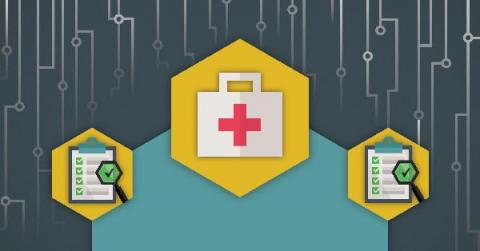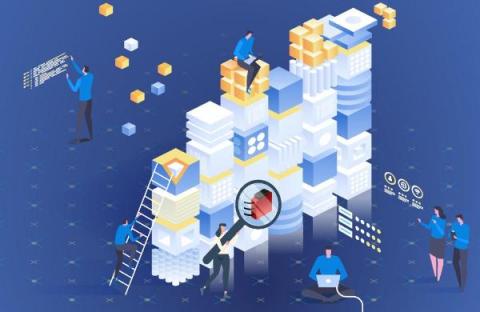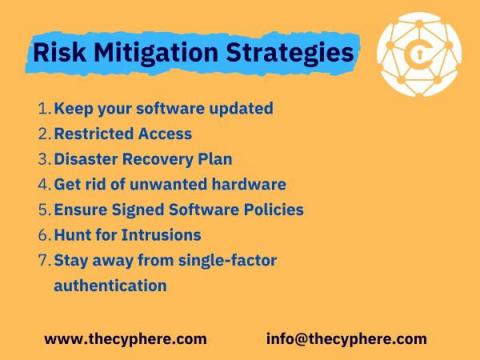What is a DDoS Attack & How to Protect Your Site
Cybersecurity threats evolve constantly, and it’s difficult for any organization to stay ahead of emerging risks. A company’s best defense against security breaches is to understand the tactics that hackers use, and then plan accordingly. In this post we’ll examine one of the common kinds of cyber attacks — a DDoS attack — and discuss how best to protect your network infrastructure.







